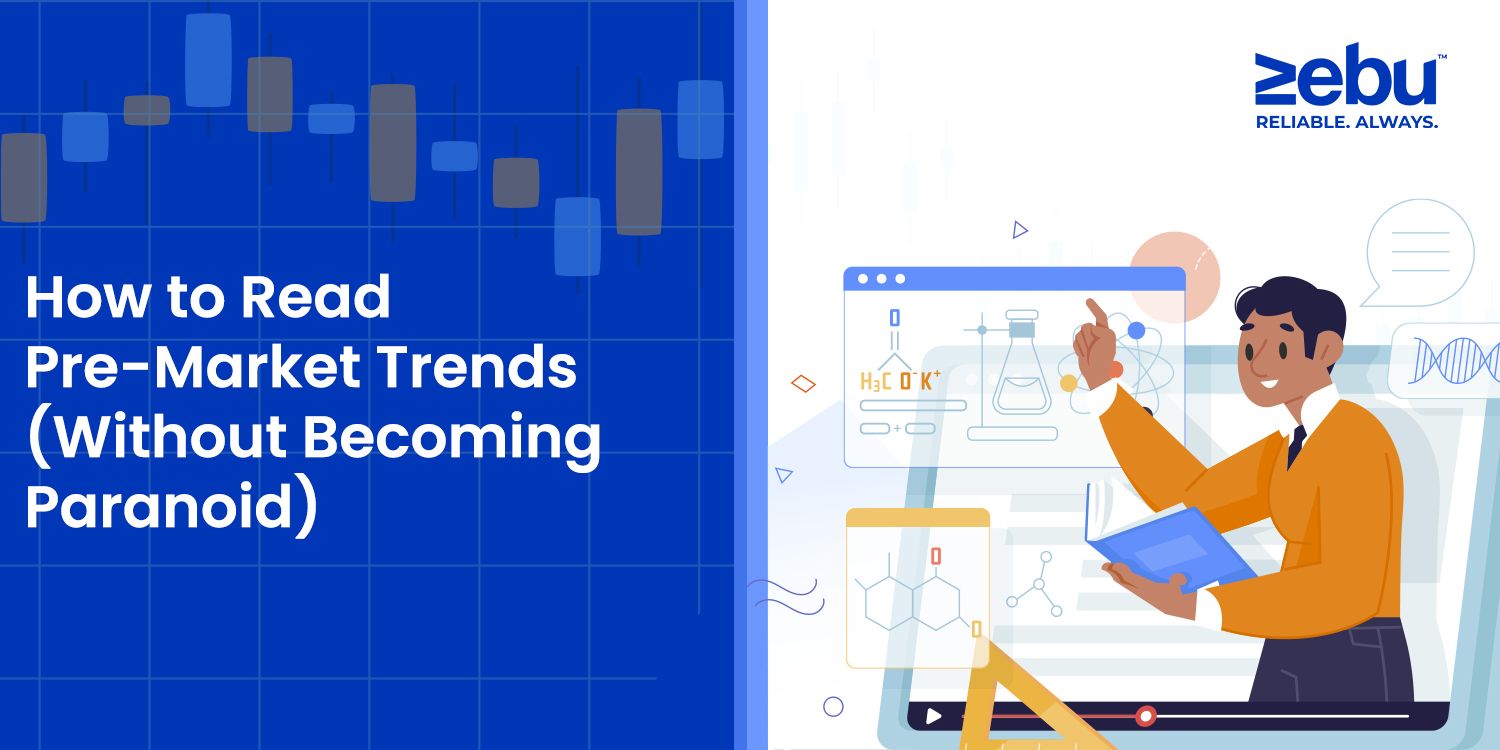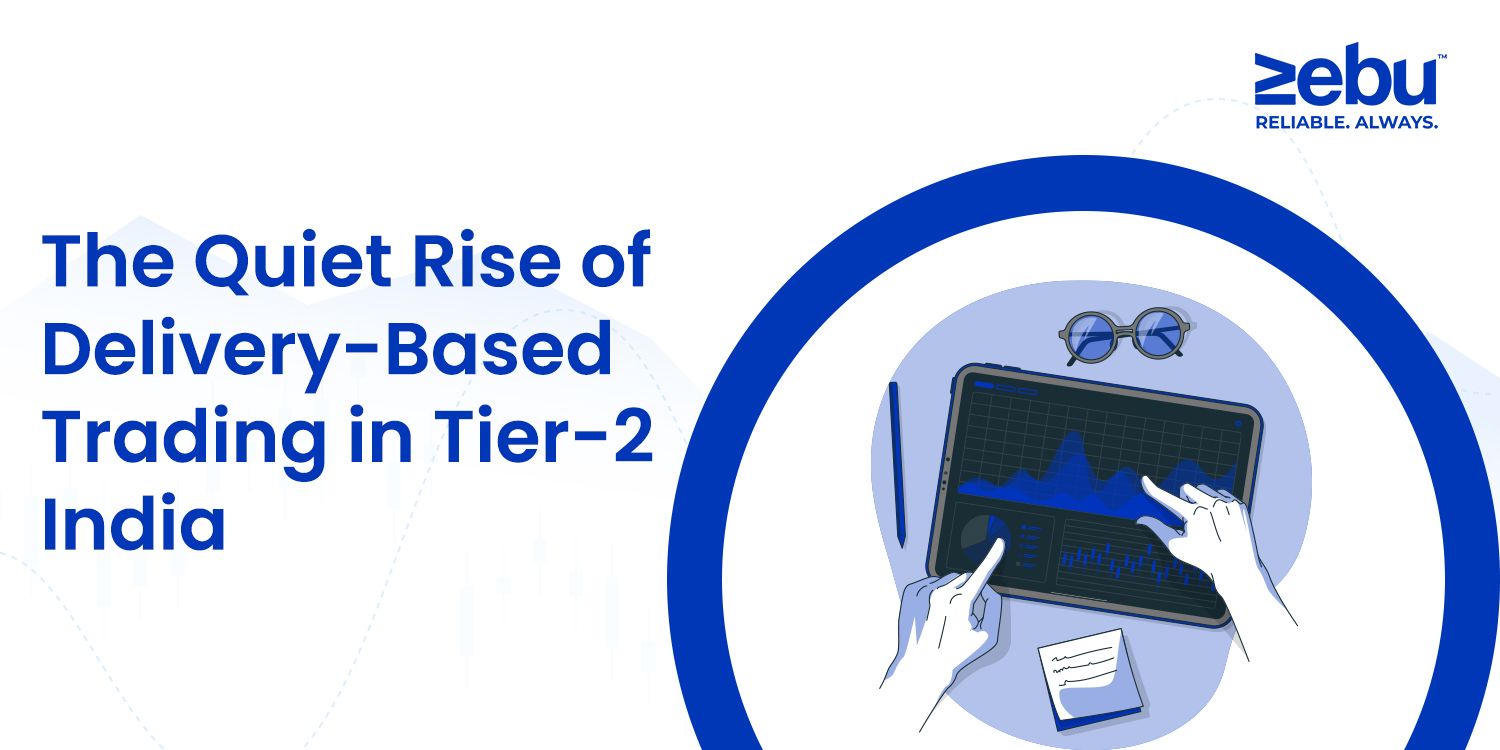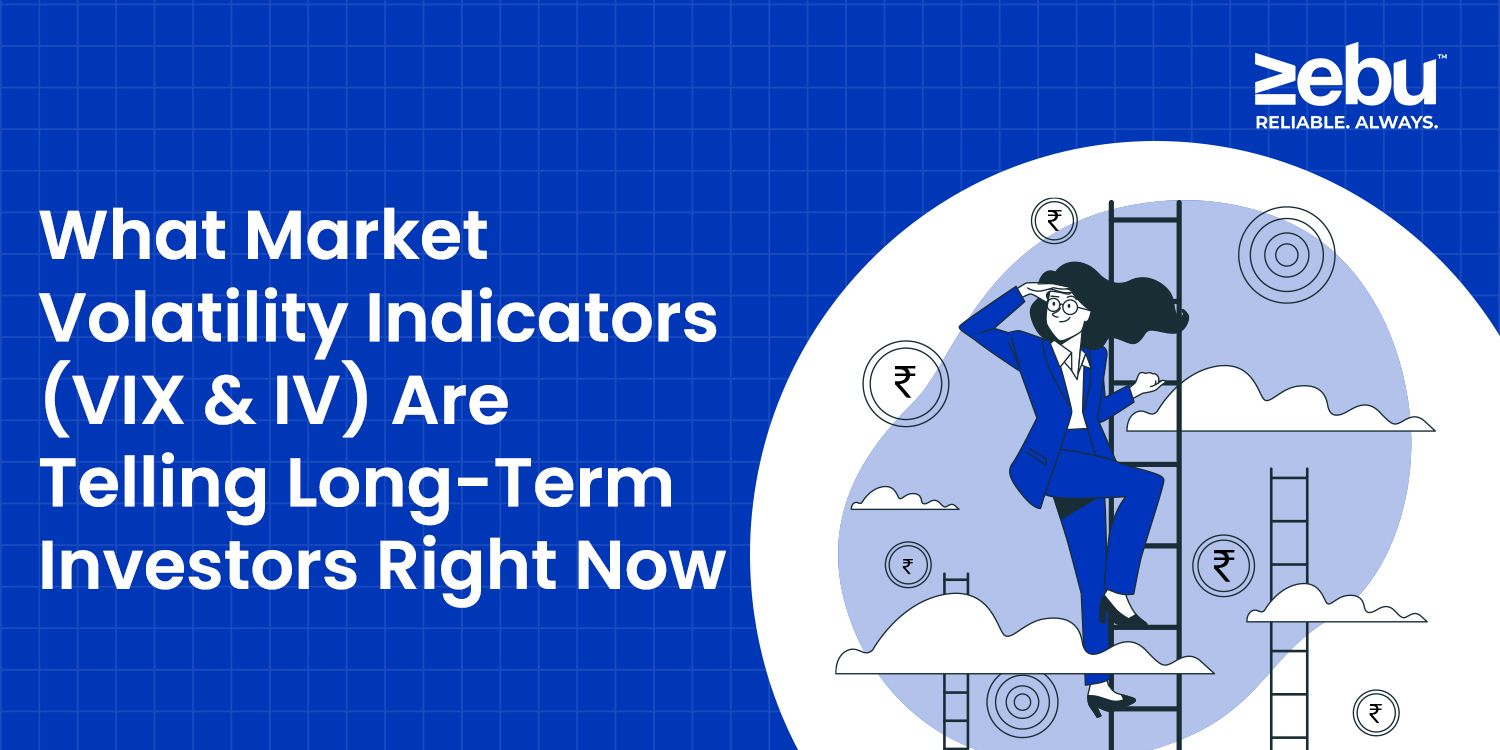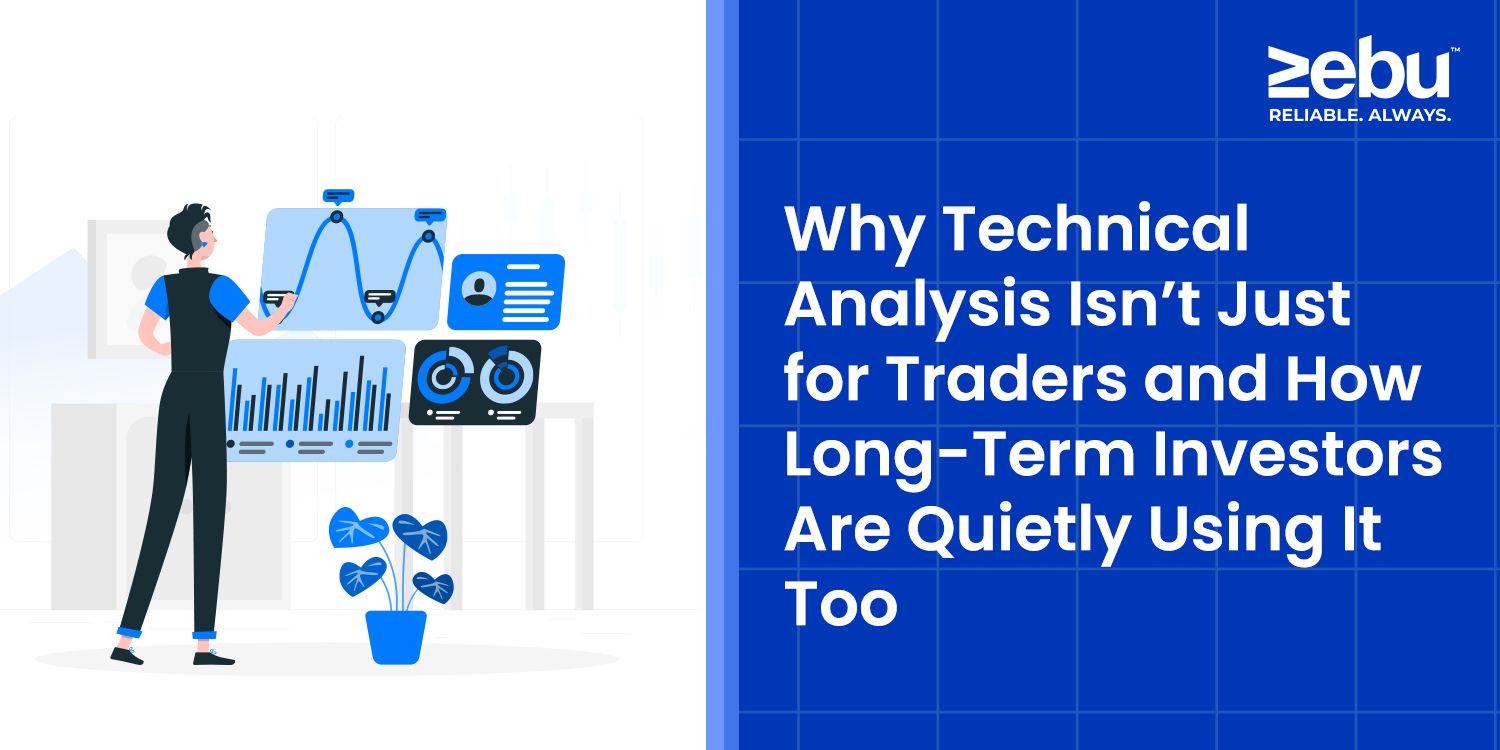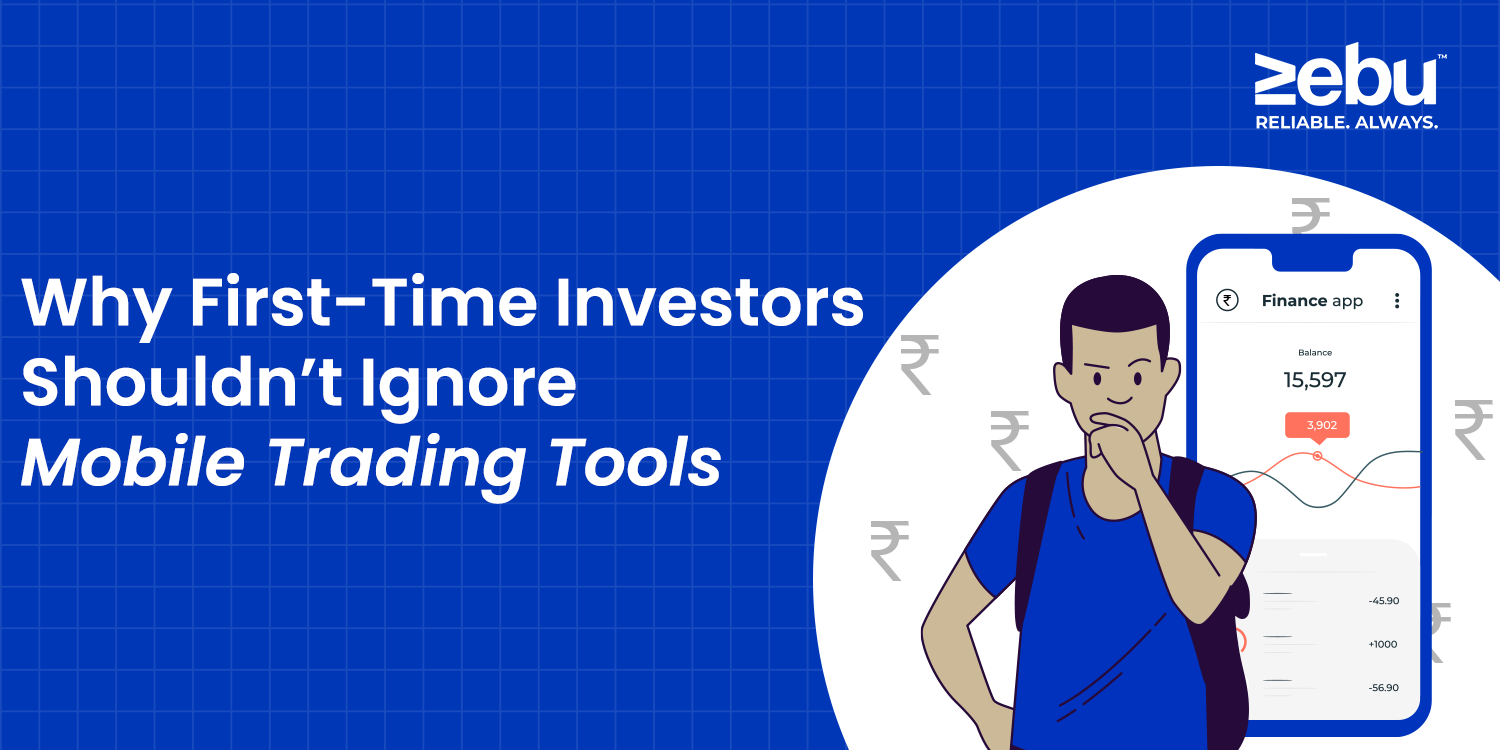
Large Cap vs Mid Cap vs Small Cap: Key Differences That Actually Matter
The Role of Dollar–Rupee Moves in Your Equity Portfolio
Markets rise and fall every day, often for reasons that feel close to home: quarterly earnings, local elections, FII flows, or sector outlooks. But some of the biggest undercurrents come from much farther away—currency movements, especially the USD-INR exchange rate.
For many investors, the dollar-rupee number sits quietly in the corner of a market app—hovering between 82 and 84, rarely moving enough to make headlines. But its influence runs deeper than it appears.
At Zebu, we often hear questions like:
- “Does a strong rupee mean better stock returns?”
- “Why does IT rally when the rupee weakens?”
- “How does dollar movement affect my SIP?”
This blog aims to answer those—gently, practically, and without jargon. Because while currency fluctuations are complex, their impact on your equity portfolio is very real.
Why the Dollar Matters in Indian Equities
India is a globally connected economy. Our exports, imports, foreign investments, and debt servicing are often priced in dollars. So, when the dollar strengthens or weakens against the rupee, it reshapes how Indian companies earn, spend, and grow.
And where company fundamentals shift, stock prices eventually follow.
For example:
- A weaker rupee (more INR per USD) helps exporters but hurts importers.
- A stronger rupee (fewer INR per USD) benefits companies that rely on imported inputs or overseas borrowing.
Your equity exposure—whether through direct stocks, mutual funds, or ETFs—feels this ripple even if you’re not tracking the FX market.
The Usual Suspects: Who’s Sensitive to Currency Shifts?
- Information Technology (IT)
India’s IT services firms earn most of their revenue in dollars. So, when the rupee weakens, they convert those dollars into more rupees—boosting profits.
A 1% rupee depreciation can lift profit margins for companies like Infosys or TCS, all else equal. That’s why IT stocks often rally when the rupee falls.
- Pharmaceuticals
Like IT, pharma exports a lot—especially generics to the U.S. A weaker rupee helps earnings, though the effect depends on input costs and hedging strategies.
- Oil & Gas
India imports over 80% of its crude oil. So, a weaker rupee increases costs, especially when dollar prices of oil also rise. This can impact OMCs like BPCL or IOC.
- Aviation
Airlines pay for fuel in dollars. A weak rupee pushes up ATF costs. And since ticket pricing is sensitive, profits take a hit.
- Auto, FMCG, and Capital Goods
Many companies in these sectors import machinery, electronics, or components. Input costs rise when the rupee falls—unless they have strong pricing power.
What About FII Flows?
Foreign Institutional Investors (FIIs) don’t just move money based on market potential. They also consider currency risk.
If the rupee is falling sharply, dollar-denominated returns shrink—even if stock prices rise. That can lead to a pullback in FII investments, especially in large caps.
Since FIIs hold big stakes in frontline stocks, their exits can affect index performance and short-term sentiment.
How It Affects Retail Investors
If you’re a delivery-based investor holding equity for the long term, or someone building positions via SIPs, you might wonder: “Should I worry about the dollar-rupee movement?”
The answer is: not worry—but observe.
Here’s why it matters:
- If you hold IT and pharma stocks, a weakening rupee may offer tailwinds.
- If you’re exposed to aviation, OMCs, or heavy importers, watch for rising dollar risk.
- If you invest in broad-market funds, short-term dips from FII moves can create better entry points.
Currency isn’t your main driver—but it’s the background weather. You don’t steer by it, but it shapes the journey.
What the Rupee Has Been Doing Lately
In 2025, the rupee has been trading between 82.5 and 84.2 against the dollar—fairly stable, considering global volatility.
Some reasons:
- India’s trade deficit is contained.
- The RBI has been actively managing currency volatility.
- Global interest rate cycles are moderating.
But occasional spikes happen—due to oil prices, geopolitical concerns, or shifts in the dollar index. That’s when it helps to zoom out and revisit your sector exposure.
Zebu’s Observations
From a platform view, we’ve noticed:
- Higher search interest around IT stocks when the rupee weakens.
- Delivery volumes in PSU energy stocks rising during INR dips.
- SIP investors adding to pharma and tech on currency-driven corrections.
- Alert setups for “Rupee near 84” and “USD-INR crosses 83.50” gaining popularity.
Investors aren’t speculating on the currency. But they are aligning their expectations.
That’s smart behavior.
How to Use This Info Without Getting Lost in It
Currency moves fast. You don’t need to track it every day. But here’s a simple 3–point framework:
- Know your sector sensitivity—Review whether your holdings benefit or lose from a rising dollar.
- Follow INR levels at key triggers—82.5, 83.5, 84.5 are common psychological zones.
- Use alerts, not anxiety—Zebu’s platform lets you set price and volume alerts based on macro indicators.
Let the data work for you—not weigh on you.
Final Word
The dollar-rupee exchange rate is more than a number. It’s a quiet force that moves under the surface of Indian equity investing.
You don’t need to trade on it. But being aware of it means fewer surprises—and better-informed holds and entries.
At Zebu, we’re not building tools for currency speculation. We’re building visibility—so long-term investors like you can make context-aware decisions without noise.
Sometimes, the best equity signals come from outside the equity screen. This is one of them.
Disclaimer
This article is for informational purposes only and does not constitute investment advice or recommendations. Currency fluctuations involve macroeconomic and geopolitical risk. Zebu encourages all investors to consult certified advisors before making decisions based on market indicators or exchange rate movement.

